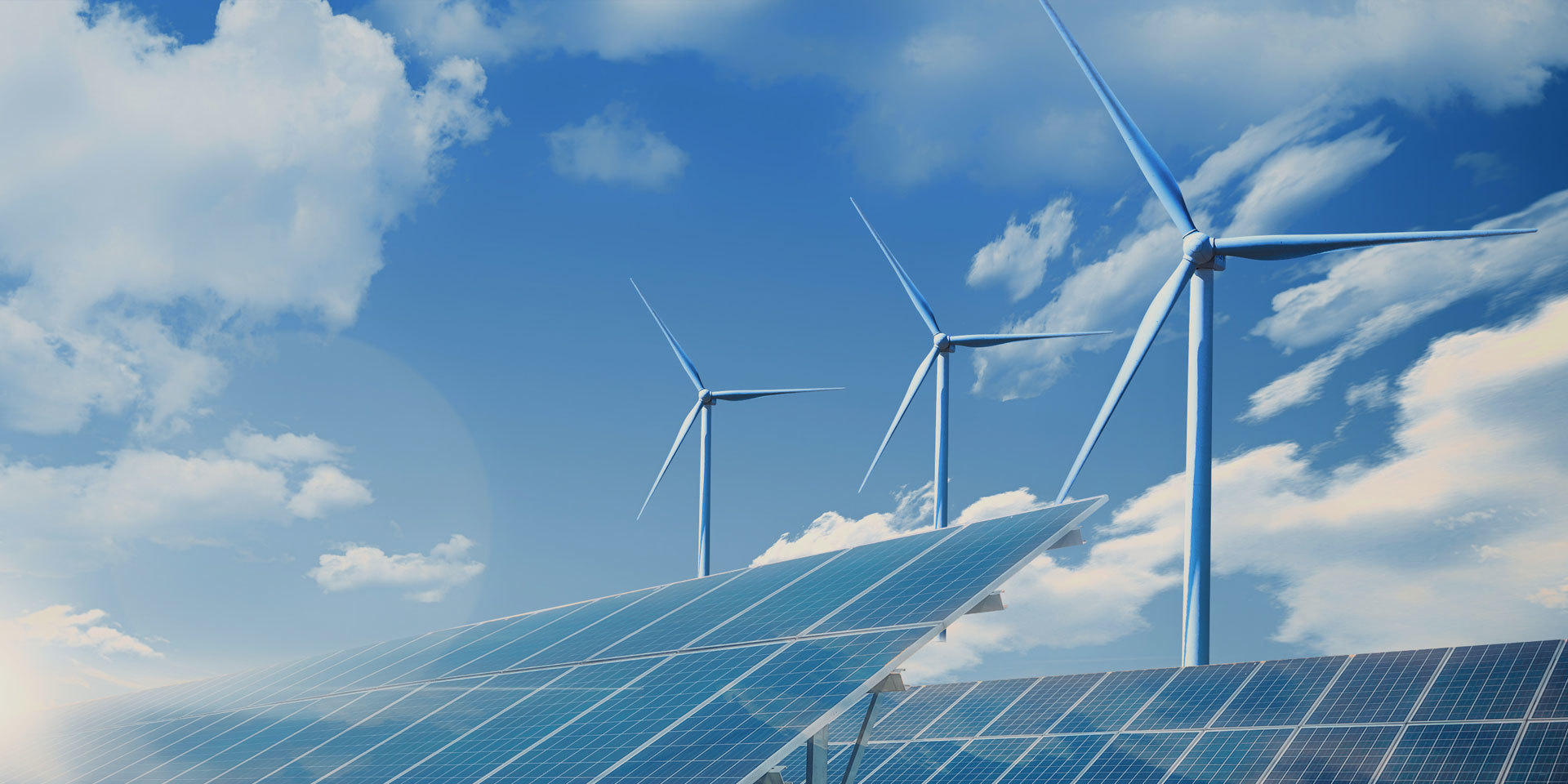
New energy
With the rapid growth of new energy sources like solar and wind power, photovoltaic (PV) cables have become a critical link connecting PV modules. These cables are essential for linking solar panels to inverters, ensuring smooth and efficient electricity transmission. Additionally, PV cables are widely used in wind energy systems for motor control and monitoring, helping to maintain the stable operation of wind turbines. In short, thanks to their efficiency, safety, and reliability, PV cables play an indispensable role in the renewable energy sector, providing robust support for the advancement of green energy initiatives.
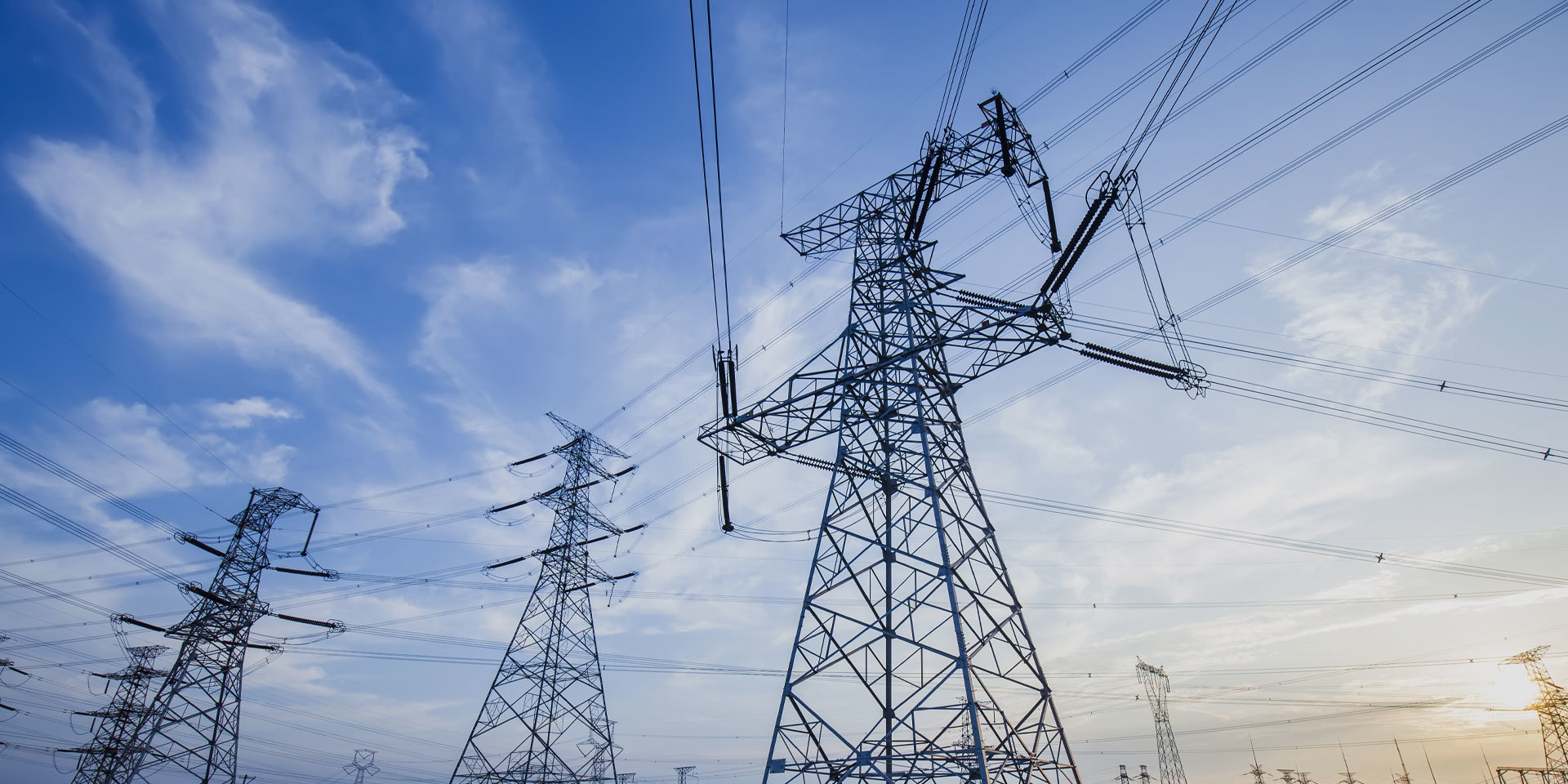
Transmission
Power cables are widely used in the transmission and distribution sector. They play a crucial role in carrying and distributing high-current electrical energy, ensuring the stable operation of power systems. Known for their exceptional reliability and durability, power cables can withstand diverse environmental conditions—such as extreme heat, cold, and humidity. Moreover, their advanced insulation materials and robust jacket designs effectively minimize energy losses and electromagnetic interference. In urban development projects, power cables are also integral to underground grid systems, as well as city light rail and subway networks, helping to maintain uninterrupted and safe electricity supply across cities. In short, power cables are an indispensable component of modern power infrastructure, serving vital roles in industrial, commercial, and residential power consumption alike.
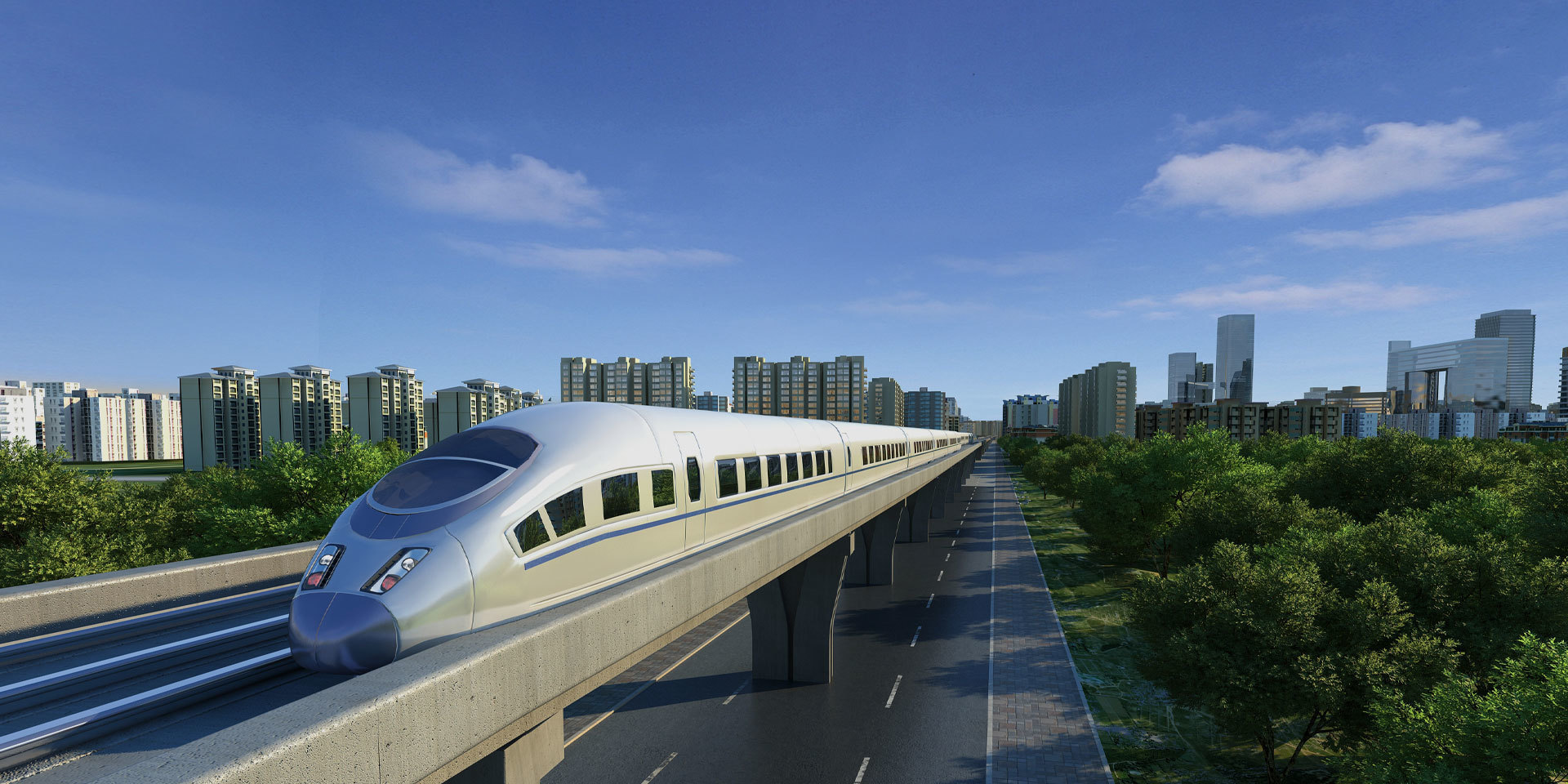
Rail Transit
Power cables are widely used in the rail transit sector. As a critical component of the rail transit power system, they are responsible for transmitting electrical energy, providing a stable and reliable power supply to keep trains running smoothly. In the construction of subways, light rails, and other rail transit systems, power cables play essential roles in areas such as train traction power supply, lighting, ventilation, and signaling. Capable of carrying high currents while enduring heavy loads and challenging environmental conditions, these cables must exhibit exceptional conductivity, insulation properties, resistance to aging, and superior safety performance. Consequently, the rail transit industry relies heavily on high-quality power cables, as their reliability and performance directly impact the operational safety and efficiency of rail transportation systems.
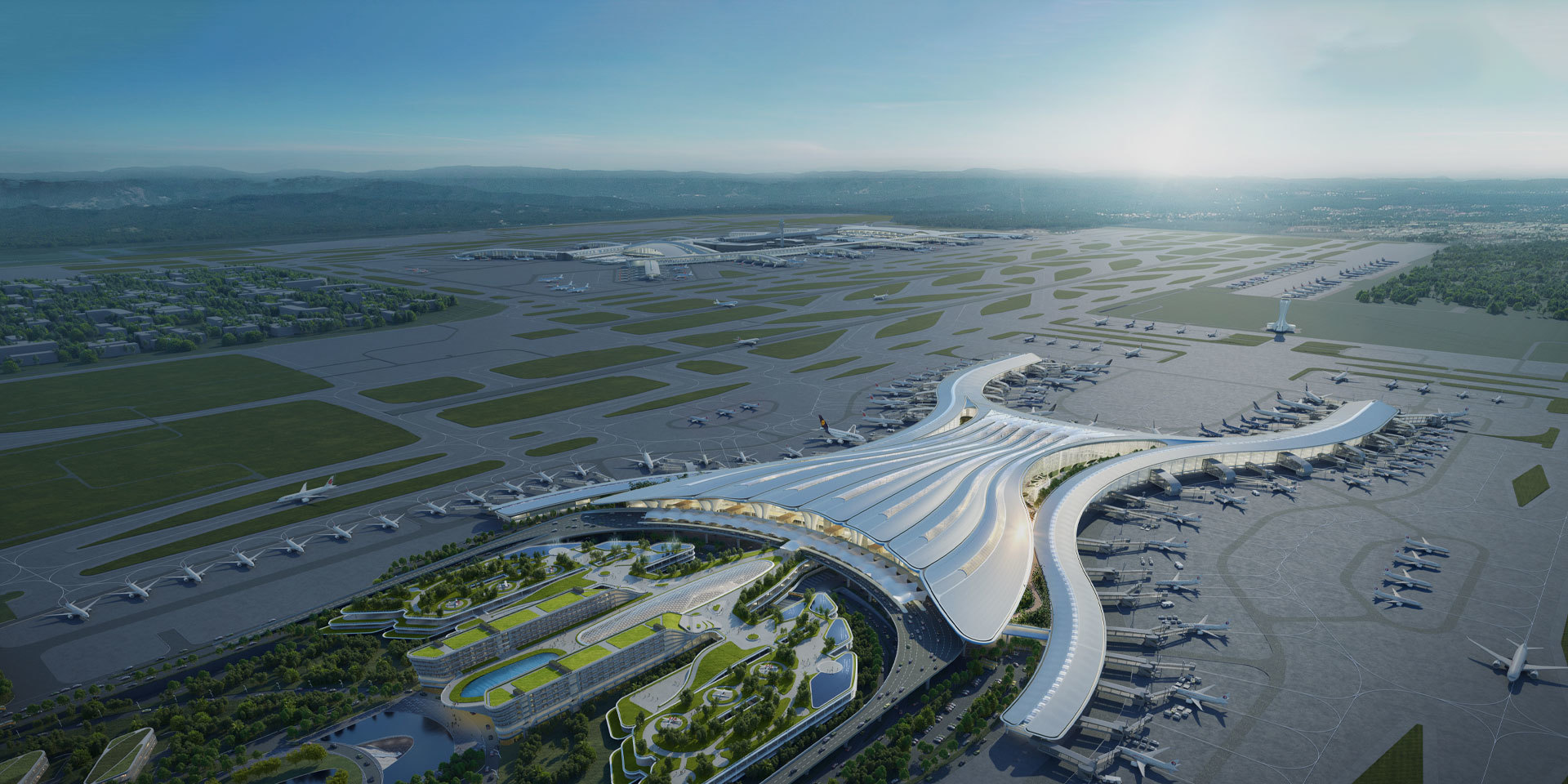
Airport
Electrical wires and cables play a critical role in airport construction. Whether it’s the terminal building, runways, or air traffic management systems, none can function without the support of these essential components. They are responsible for transmitting both electricity and vital signals, ensuring the seamless operation of airport facilities. For instance, cables power the airport’s lighting, air conditioning systems, and electronic equipment, while wires carry crucial communication signals—such as flight information and surveillance data. That’s why selecting high-quality wires and cables during airport construction is absolutely vital, as it directly impacts the safety and efficiency of airport operations. In short, electrical wires and cables are widely used in airport development and remain an indispensable component in building modern, state-of-the-art aviation hubs.
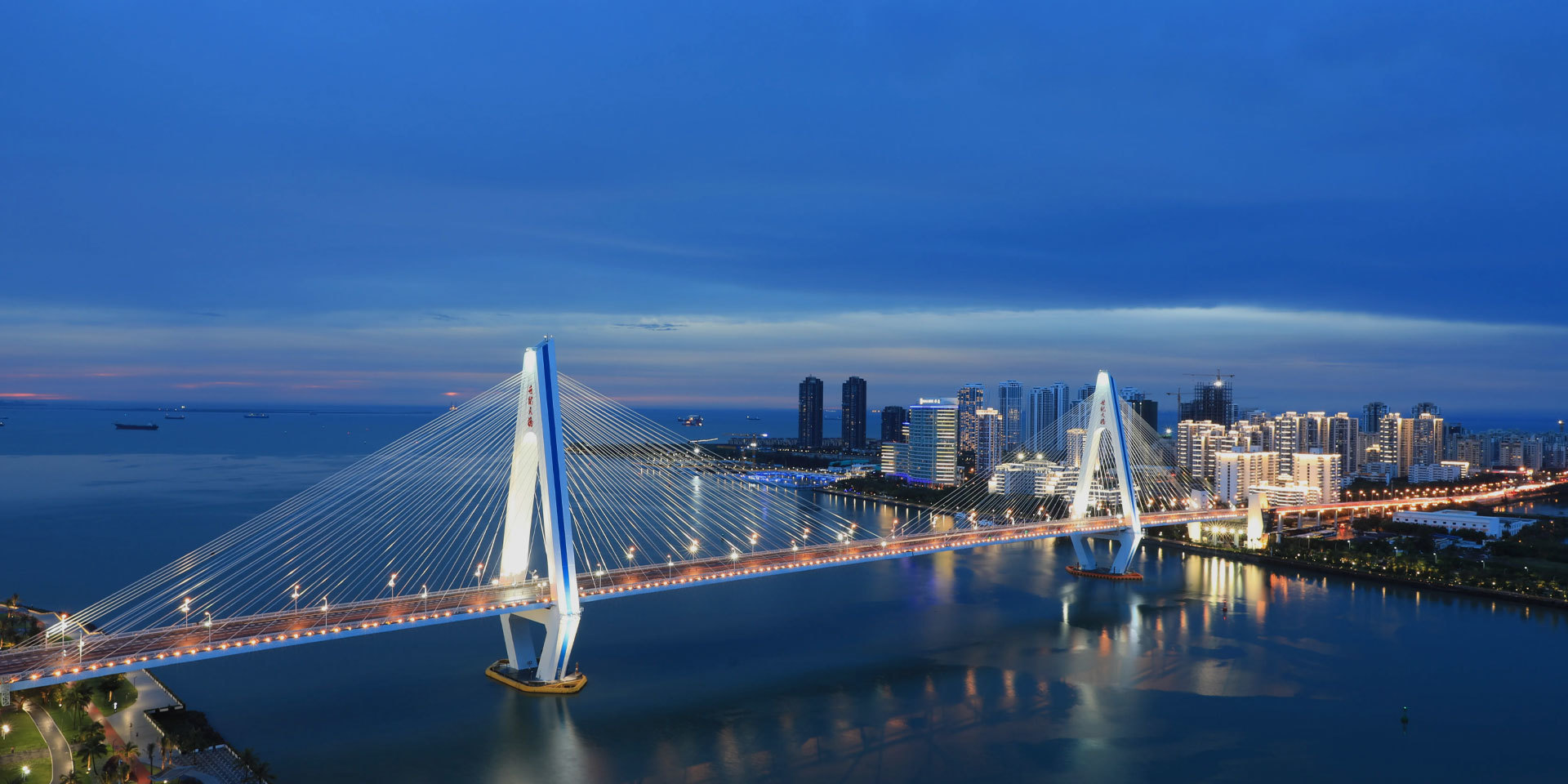
Buildings
Cables play a critical role in building infrastructure. They are essential for the vertical and horizontal transmission of both power and signals, ensuring uninterrupted electricity supply and seamless communication throughout the structure. From distribution rooms to individual floors, and from offices to data centers, cables weave through the building like vital veins. Strategically installed in concealed areas—such as ceiling cavities, basements, and wall conduits—these cables remain hidden yet perform indispensable functions. Moreover, as buildings become smarter and more interconnected, the variety and specifications of cables continue to expand, catering to the diverse needs of modern equipment. As a result, selecting the right cables and carefully planning their layout have become integral components of architectural design.
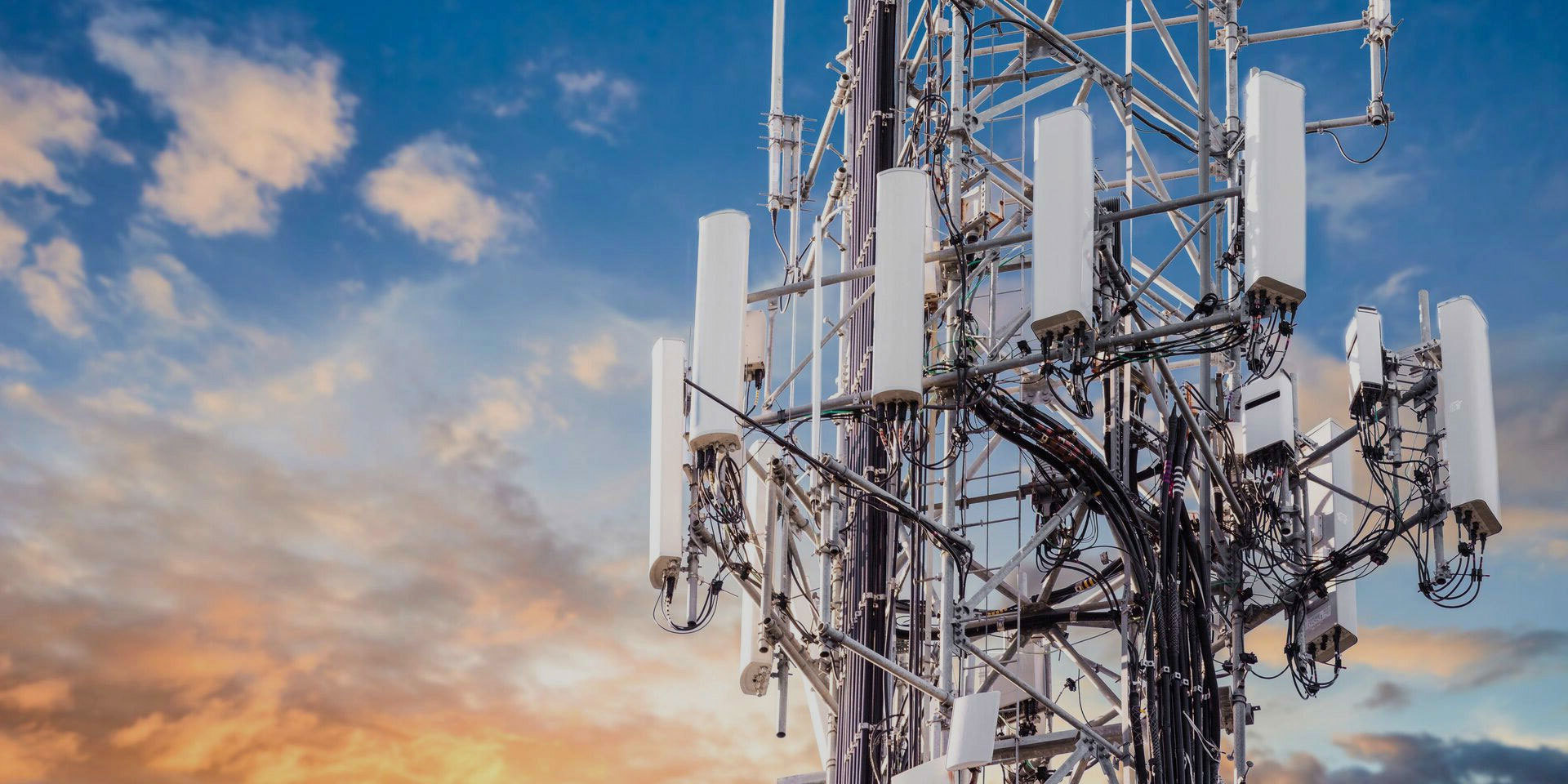
Communications
Control cables play a critical role in the communications field. They are used to transmit control signals, ensuring the stable operation of various devices and systems—whether in industrial automation production lines, smart transportation systems, or building automation. These cables act as the vital link, enabling the seamless transfer of essential information while effectively resisting external environmental interference. This not only guarantees reliable signal transmission but also enhances the overall performance and efficiency of communication systems.
As communication technologies continue to evolve, control cables are undergoing constant innovation in terms of materials, manufacturing processes, and design, keeping pace with the growing demand for faster, more intelligent communication solutions. In short, control cables are indispensable in the communications industry, providing robust support that drives the advancement of modern communication systems.
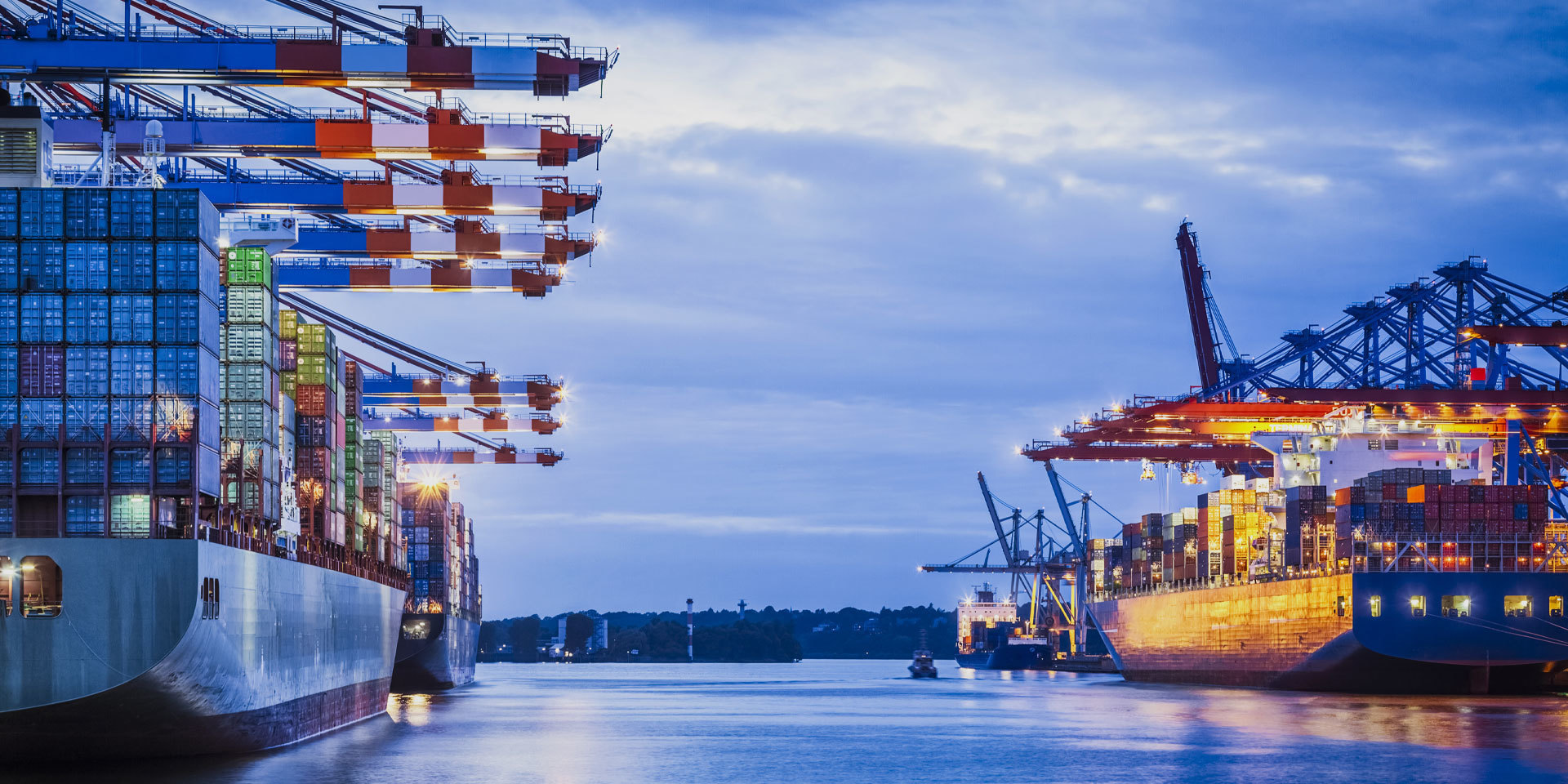
Shipbuilding
Cables have extensive applications in the marine industry. Various equipment and systems aboard ships rely on cables to transmit both power and signals. For instance, the ship's propulsion system, navigation systems, lighting, air conditioning, communication devices, and more all depend on cable connections. The selection of cables must be carefully tailored to the specific needs of the vessel and its operating environment—factors such as high-temperature resistance, corrosion protection, and water tightness are crucial. Moreover, during ship construction, the routing and installation of cables are equally critical, ensuring safety and reliability to maintain smooth ship operations and safeguard crew members' well-being. In short, cables play an indispensable role in the maritime sector, serving as a vital component for the seamless functioning of vessels.
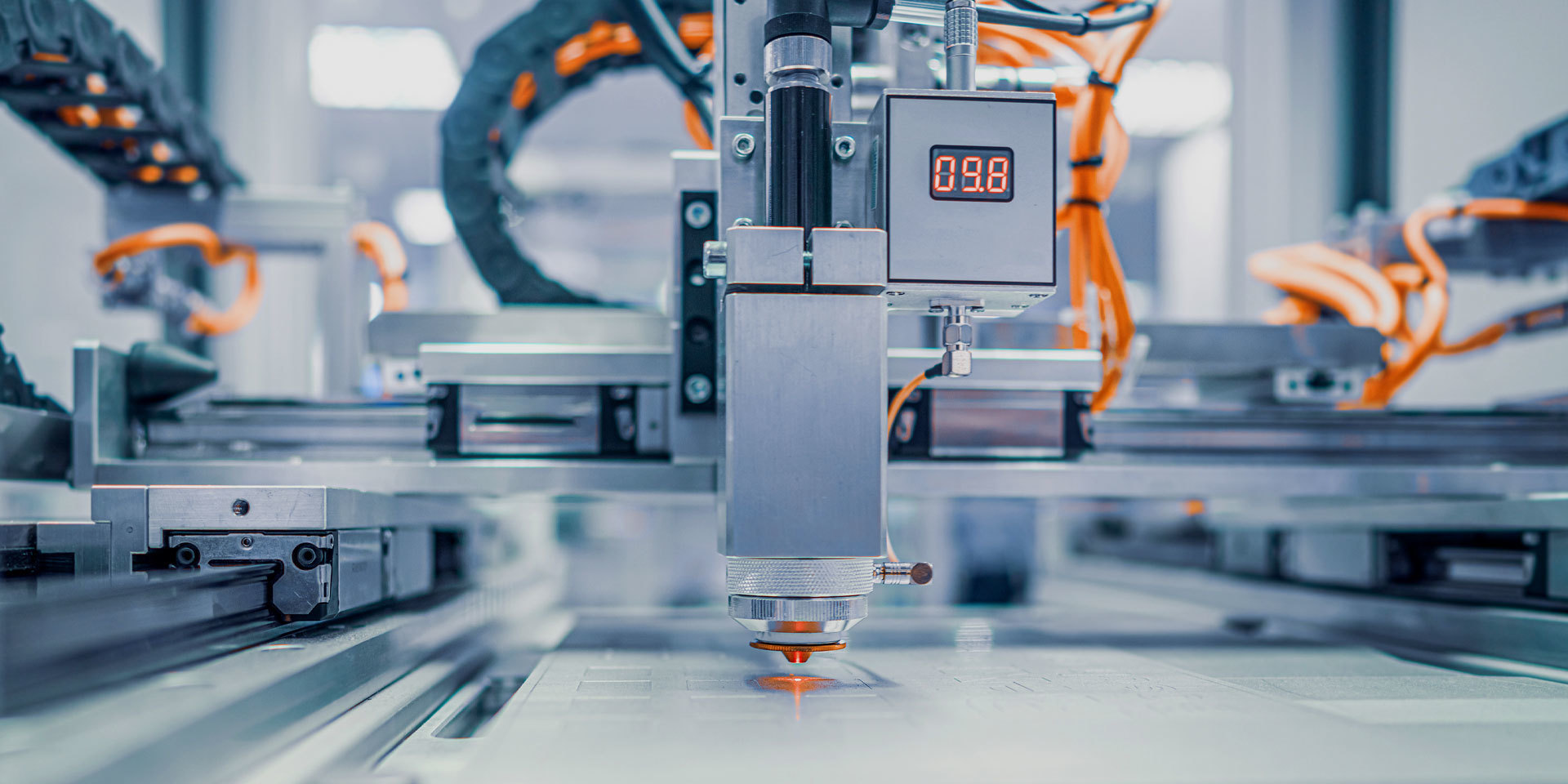
Industrial
Control cables are widely used across the industrial manufacturing sector. They play a critical role in transmitting power, signals, and data, ensuring smooth operation across all stages of production—from massive assembly lines to highly precise machinery. Connecting control units, sensors, actuators, and other key components, these cables enable seamless communication and control between equipment. In various manufacturing industries—such as automotive, steel, and chemical processing—control cables serve as the backbone for achieving automation and intelligent manufacturing processes. As Industry 4.0 continues to advance, the importance of control cables has become even more pronounced, providing robust support for efficient and secure industrial production.



